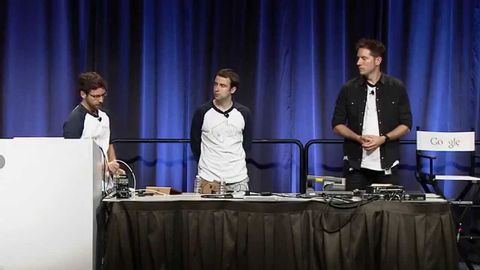Google I/O 2014 - Cardboard.Android用のVR (Google I/O 2014 - Cardboard: VR for Android)
colin が 2021 年 01 月 14 日 に投稿  この条件に一致する単語はありません
この条件に一致する単語はありませんUS /ˈkɑnˌtɛnt/
・
UK /'kɒntent/
- adj.満足している;満足した
- n. (c./u.)内容;主題;コンテンツ;満足;コンテンツ;含有量
- v.t.満足させる
- v.i.同意する
US /ˈbesɪkəli,-kli/
・
UK /ˈbeɪsɪkli/
US /ɪkˈspɪriəns/
・
UK /ɪk'spɪərɪəns/
- n. (c.)経験;経験;経験;体験
- n. (c./u.)経験;職務経験
- v.t./i.経験する
エネルギーを使用
すべての単語を解除
発音・解説・フィルター機能を解除

